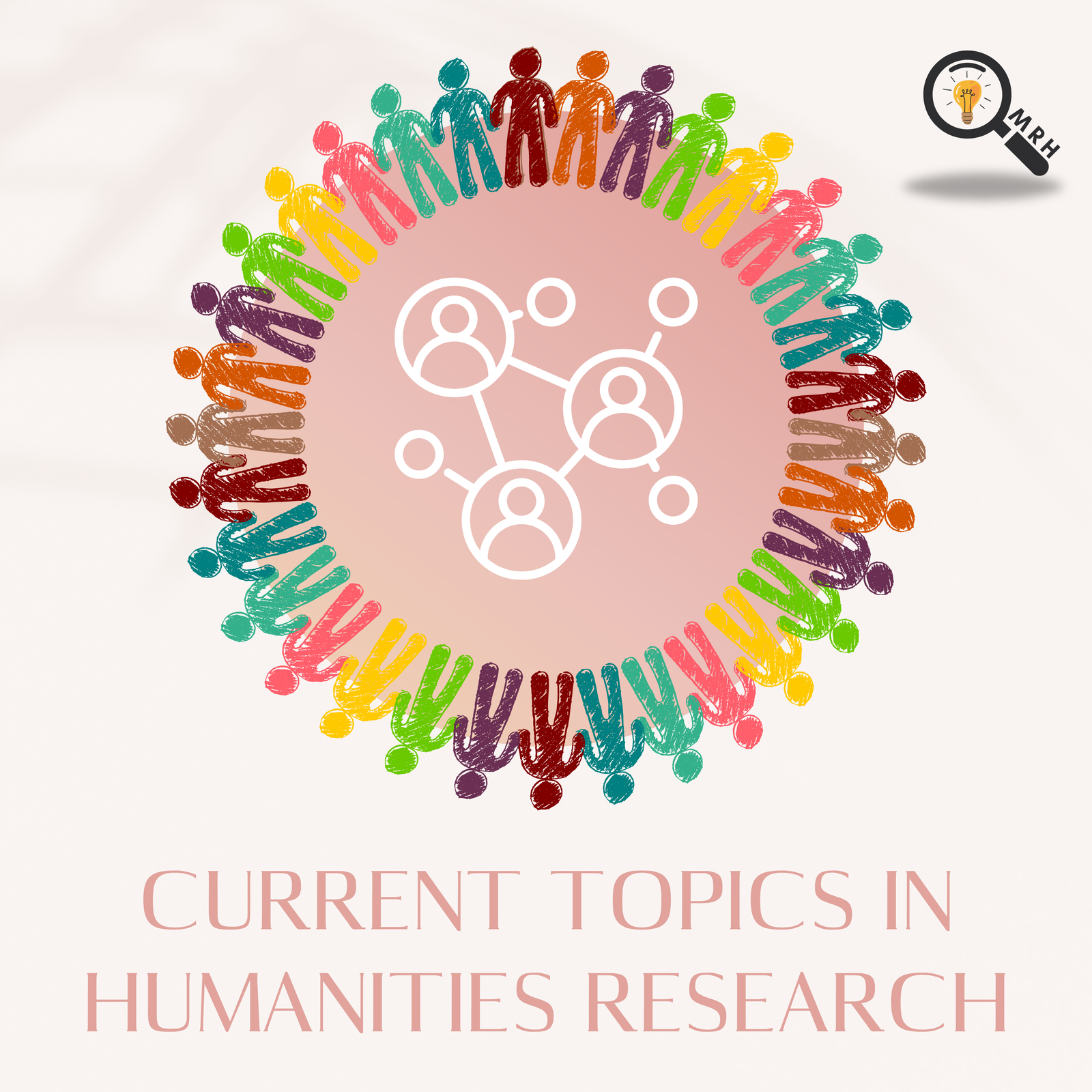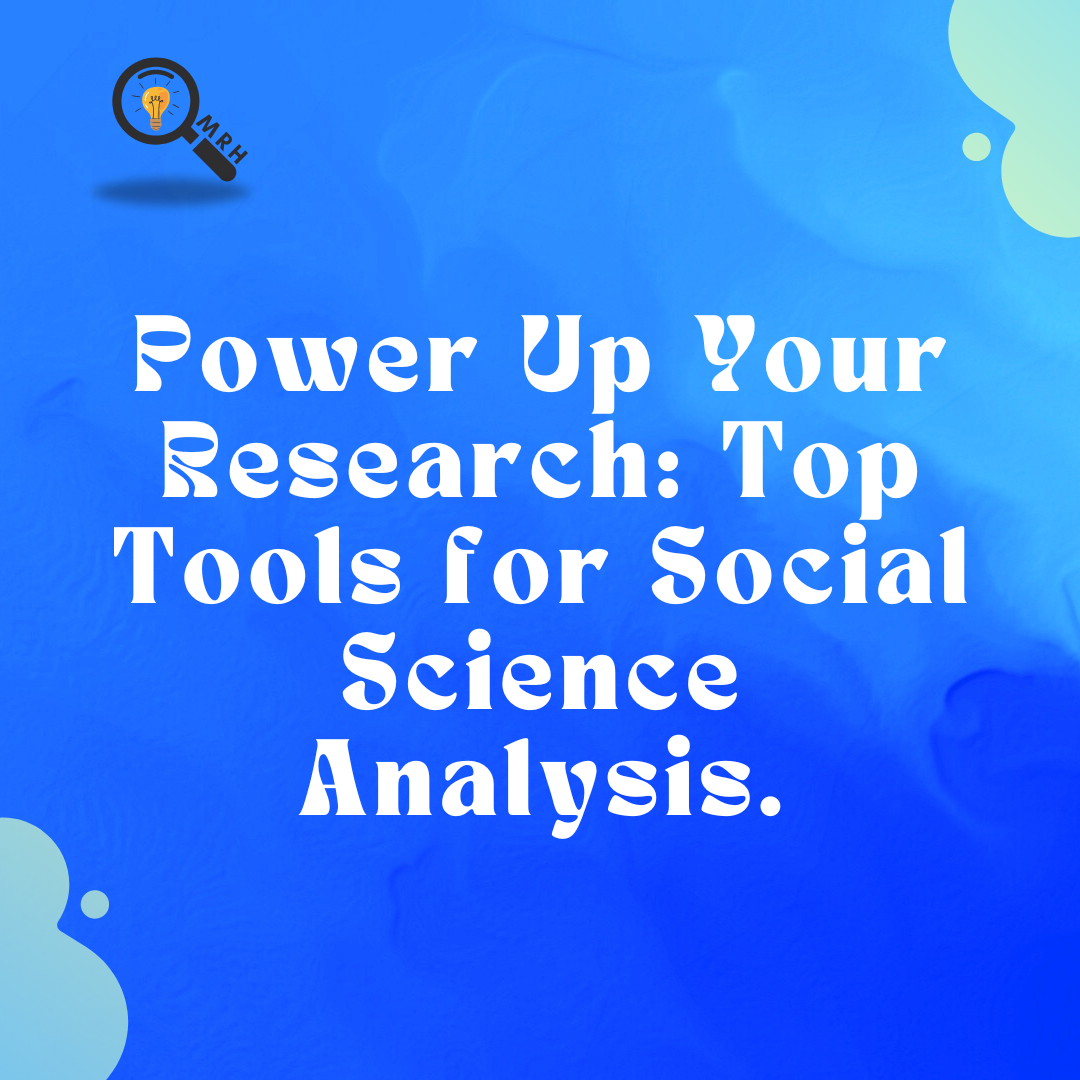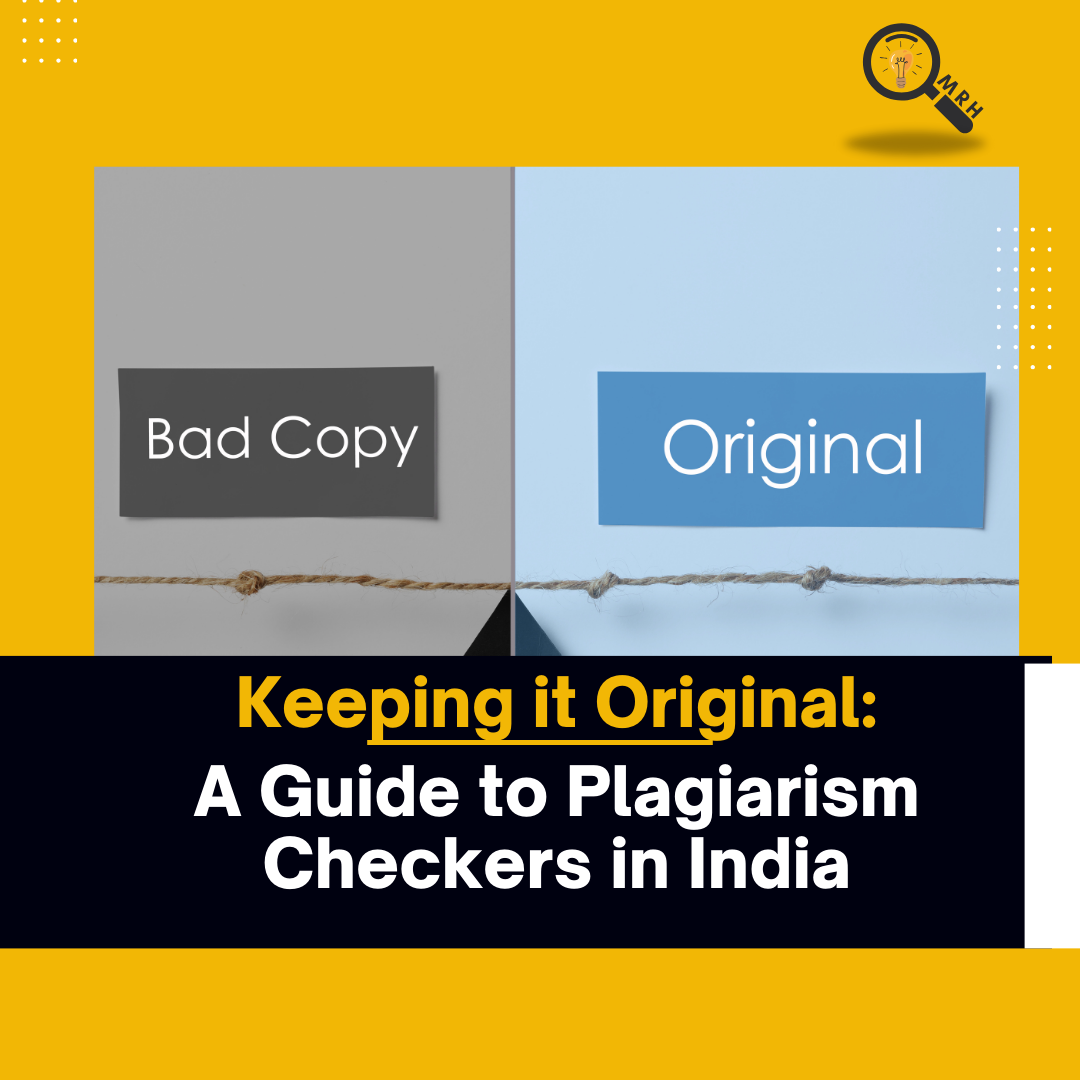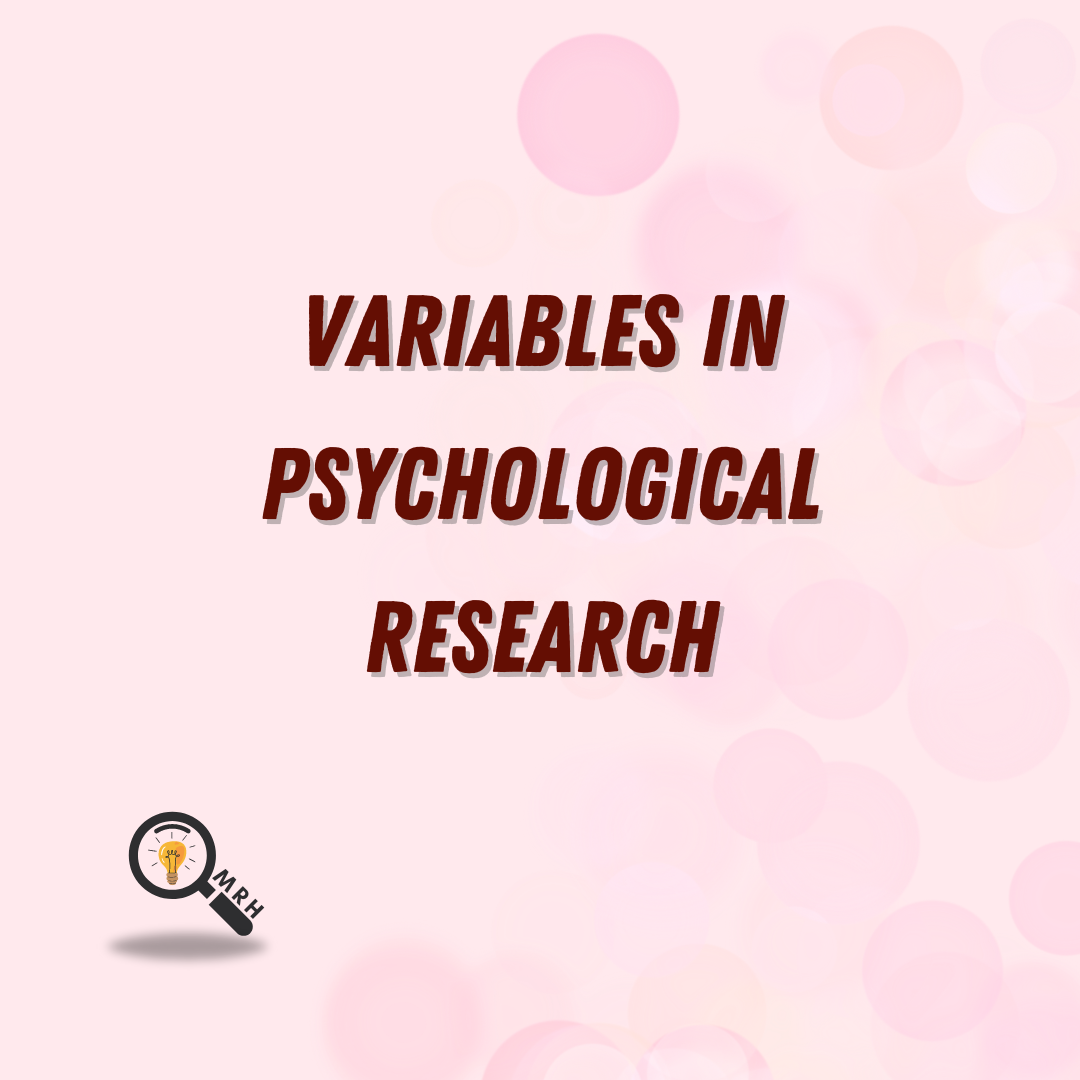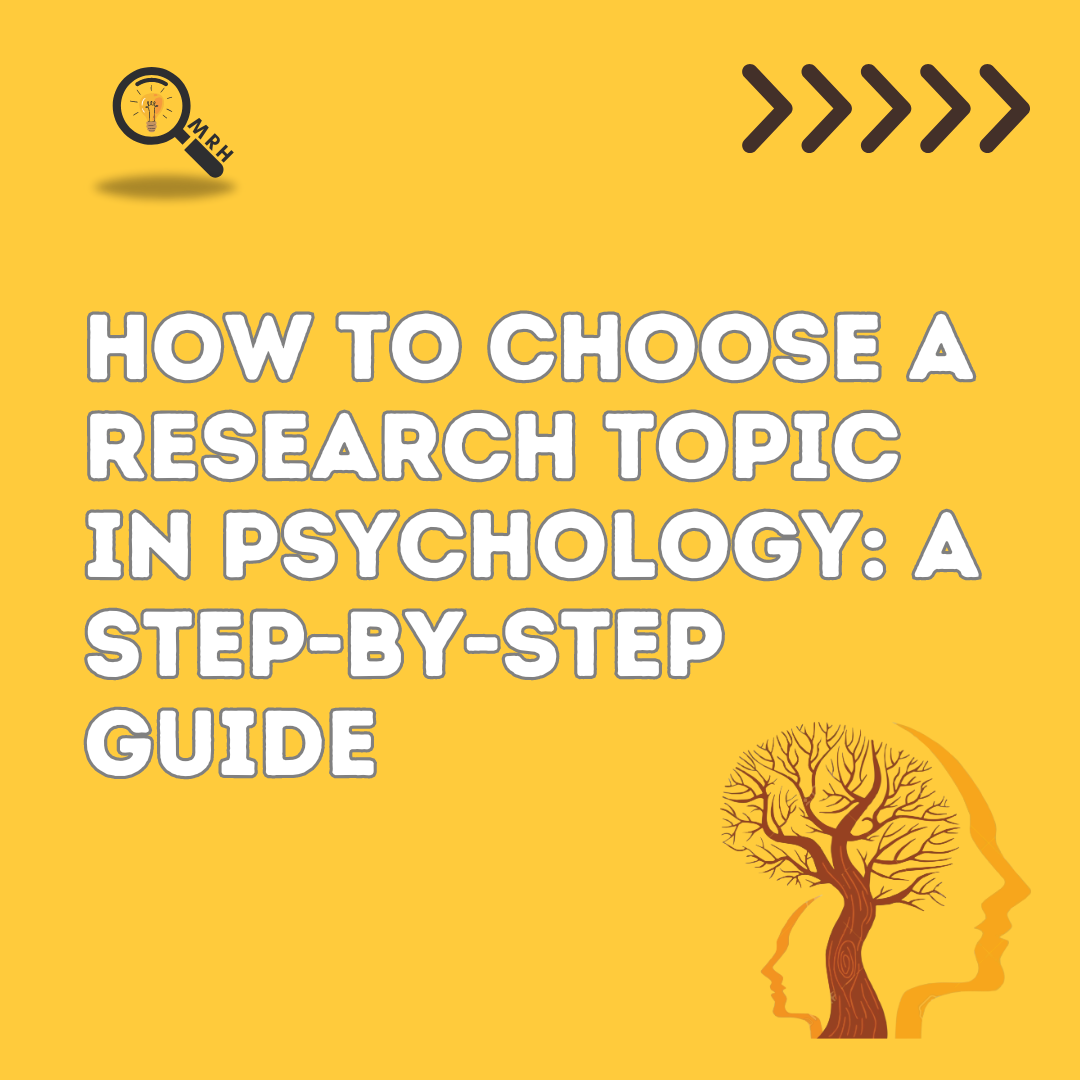Methodologies in Humanities Research
Methodologies in Humanities Research Humanities research is diverse , it captures the complexity of human life. Researchers in this field explore everything, from old texts and historical events to current cultural trends and the arts. The methodologies they use are diverse too, each one tailored to uncover different aspects of human life and society. Different Methodologies in Humanities Research Textual Analysis: Textual analysis is a method that deeply explores the content, structure, and broader setting of texts, which can include everything from literature like novels and poems to non-literary pieces such as news articles, legal documents, and online material. The objective is to dissect the meanings or intentions underlying the author’s choice of words, the strategies used in writing the narrative, and the social, historical circumstances surrounding the text’s creation. Methods used in Textual Analysis: ● Close Reading: This is a key part of textual analysis involving looking very carefully at the small details in the text—like how words are chosen, how sentences are built, the images described, and the overall tone. This deep attention helps build a thorough and layered understanding of the text. ● Discourse Analysis: This approach examines how language is used in written texts and spoken words. It explores how language influences and is influenced by social and cultural backgrounds. ● Hermeneutics: Initially created for interpreting religious text Sherm, emetics is now used to interpret any text. It focuses on how the meaning of a text interacts with the reader’s own thoughts and assumptions. ● Semiotics: This method investigates the signs and symbols found in a text, looking at how things like symbols, metaphors, and other forms of figurative language express deeper meanings. Archival Research: Archival research in the humanities involves digging deep into primary source documents that are kept in places like libraries, museums, and other archives. This method is essential for researchers looking to gain new insights into historical events, cultural movements, using original materials like letters, photographs, official records, personal diaries, and various artifacts. Archival research is all about finding, identifying, and studying these original documents and artifacts. These archives are very valuable because they offer direct evidence that is crucial for understanding specific topics in great detail. Methodology used in Archival Research ● Finding Archives: Researchers need to find the right archives that hold the materials they need. This could mean visiting physical spaces like libraries or accessing digital databases. ● Analysing Documents: The documents from the archives are then thoroughly examined. Researchers look into what the documents say, the context in which they were created, and their authenticity to build historical accounts or academic arguments. ● Understanding the Findings: Analysing archival materials also involves understanding the historical context of the documents, considering any biases they might have, and determining their importance to the researcher’s study Ethnography: In this approach scholars immerse themselves into different communities to truly understand their way of life. It involves living with and among the people as if they are part of the community, learning about their customs, actions, and beliefs first hand. Ethnographers spend a lot of time observing and participating in everyday activities, getting an inside view of what daily life is like in that community. Methodology used in Ethnography ● Conducting Interviews and Gathering Artifacts: Besides observing, ethnographers also carry out both formal and casual interviews to gather people’s personal stories, views, and insights into their culture. They also collect important items, whether tangible or digital, that have cultural value. Using these various methods together helps ethnographers confirm their findings from multiple angles. ● Audio and Visual Recordings : With permission, ethnographers often make audio or video recordings of interviews and community activities. These recordings help capture nuances of language, tone, and interaction that might be missed in notes alone. Comparative Analysis: Comparative analysis is a popular research method in the humanities that helps uncover connections, highlight differences, and spot trends across a variety of contexts like literature, history, cultural practices, or social behaviours. This approach is really useful for getting a wider view of how different elements affect human actions and cultural expressions across various eras and locations. Comparative Analysis: Comparative analysis is a popular research method in the humanities that helps uncover connections, highlight differences, and spot trends across a variety of contexts like literature, history, cultural practices, or social behaviours. This approach is really useful for getting a wider view of how different elements affect human actions and cultural expressions across various eras and locations. In conclusion, the methods used in humanities research deepen our understanding of the rich variety of human life and give us the tools to better navigate and appreciate the complexities of the world we live in. Whether they’re studying ancient manuscripts or using the latest digital technologies, researchers in the humanities are leading the way in uncovering what it truly means to be human.



